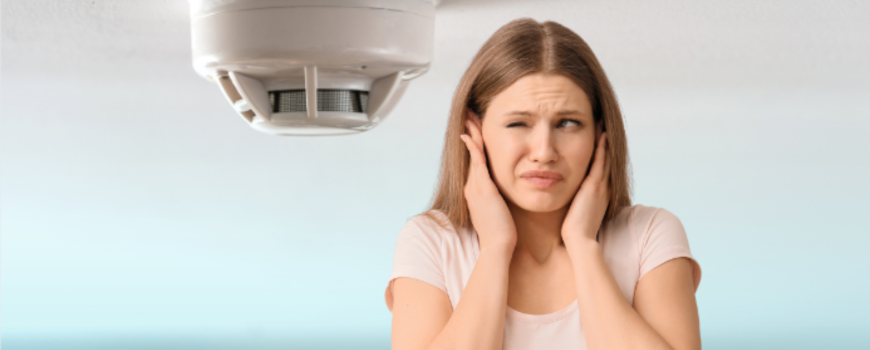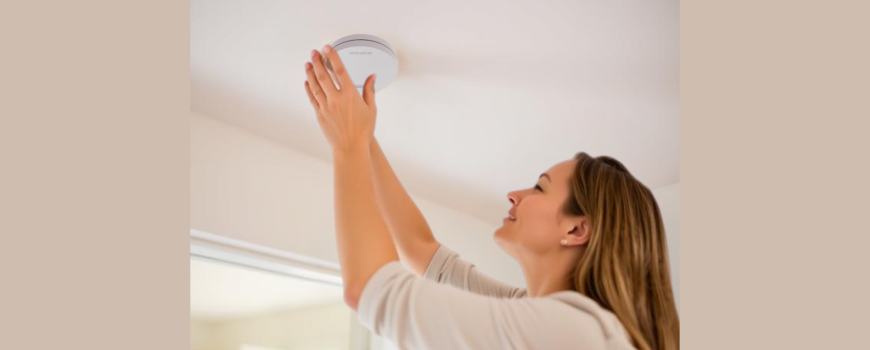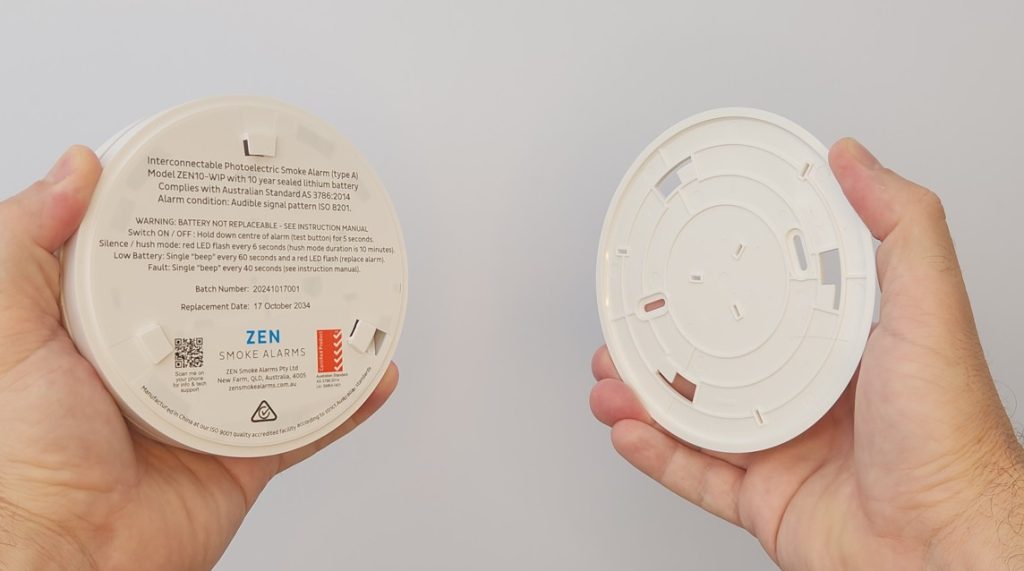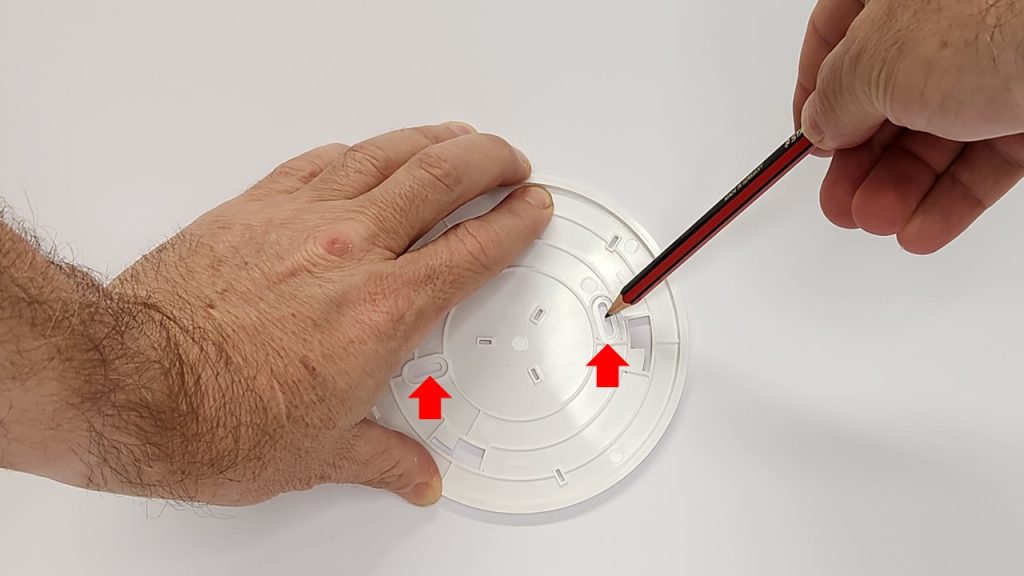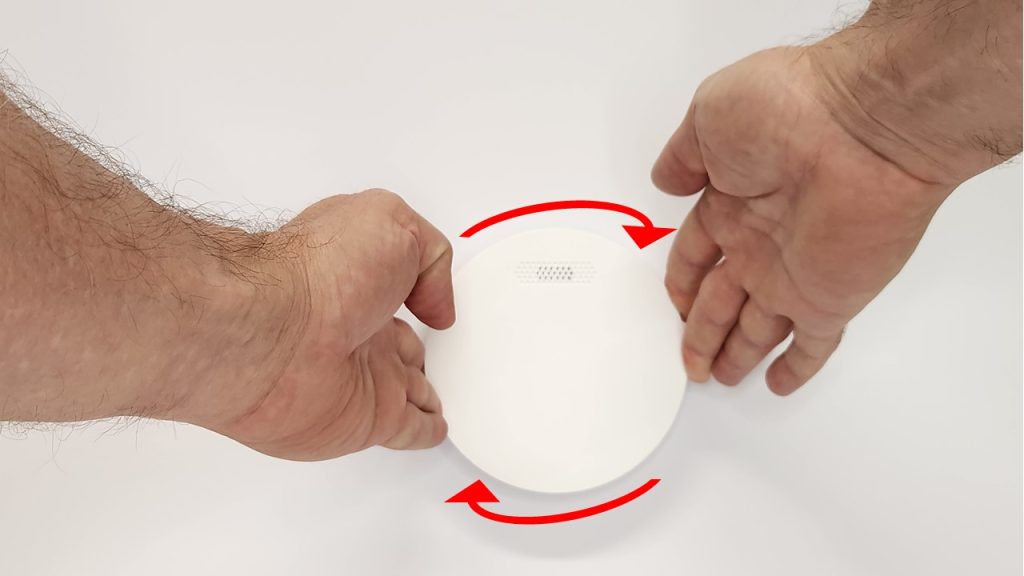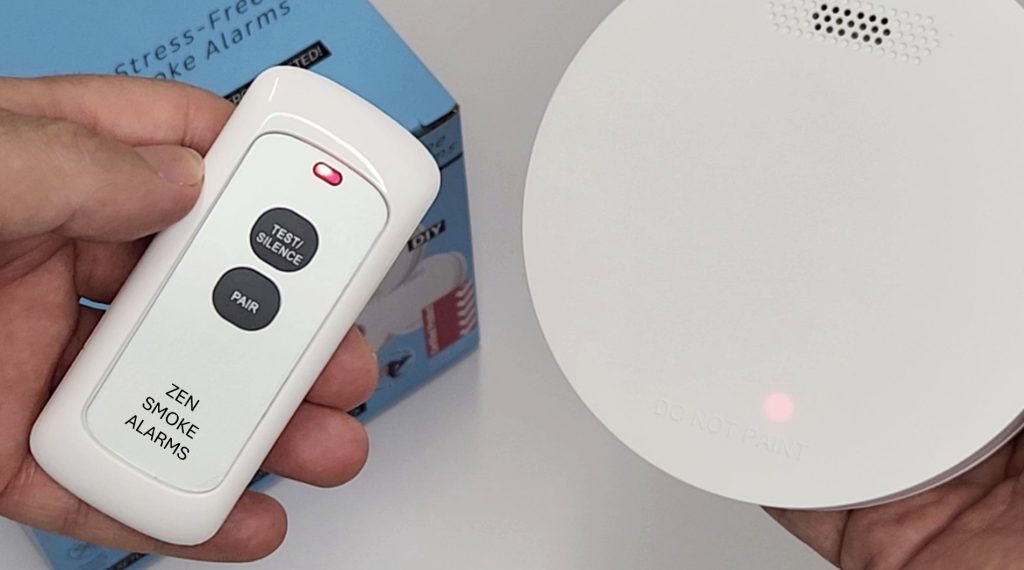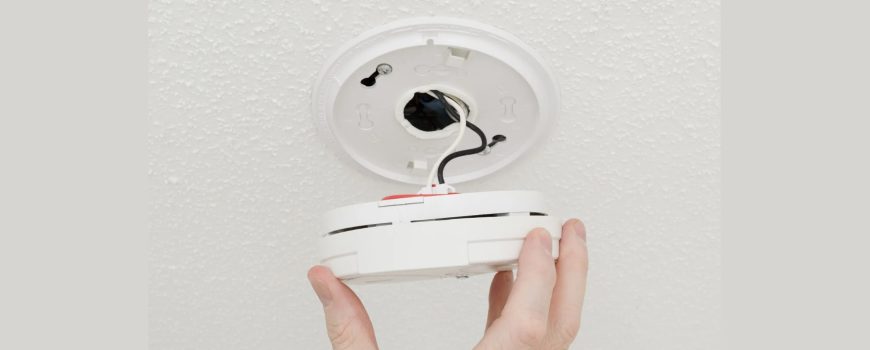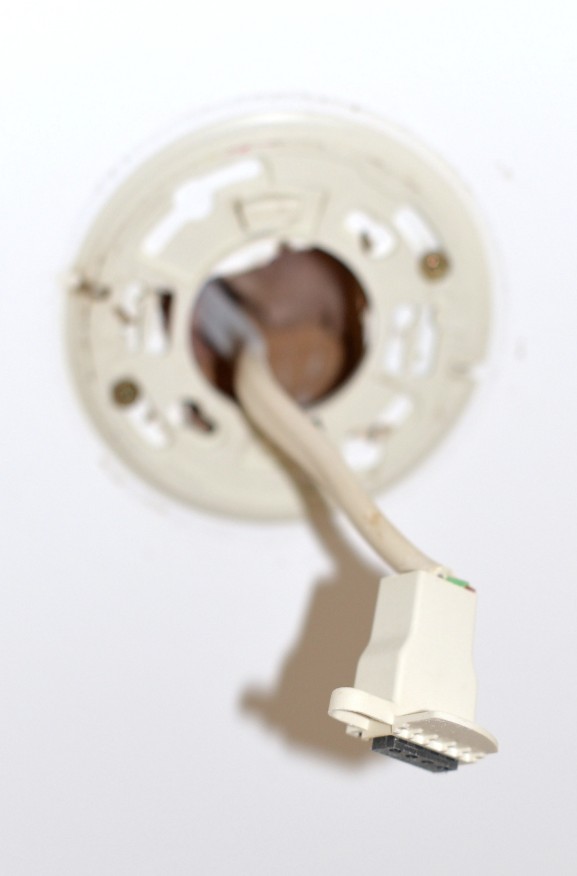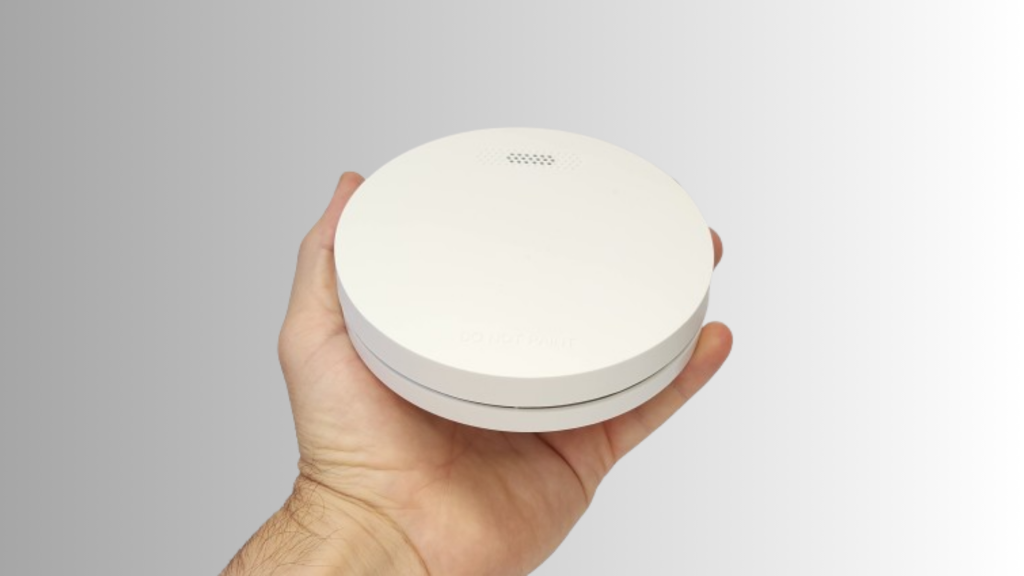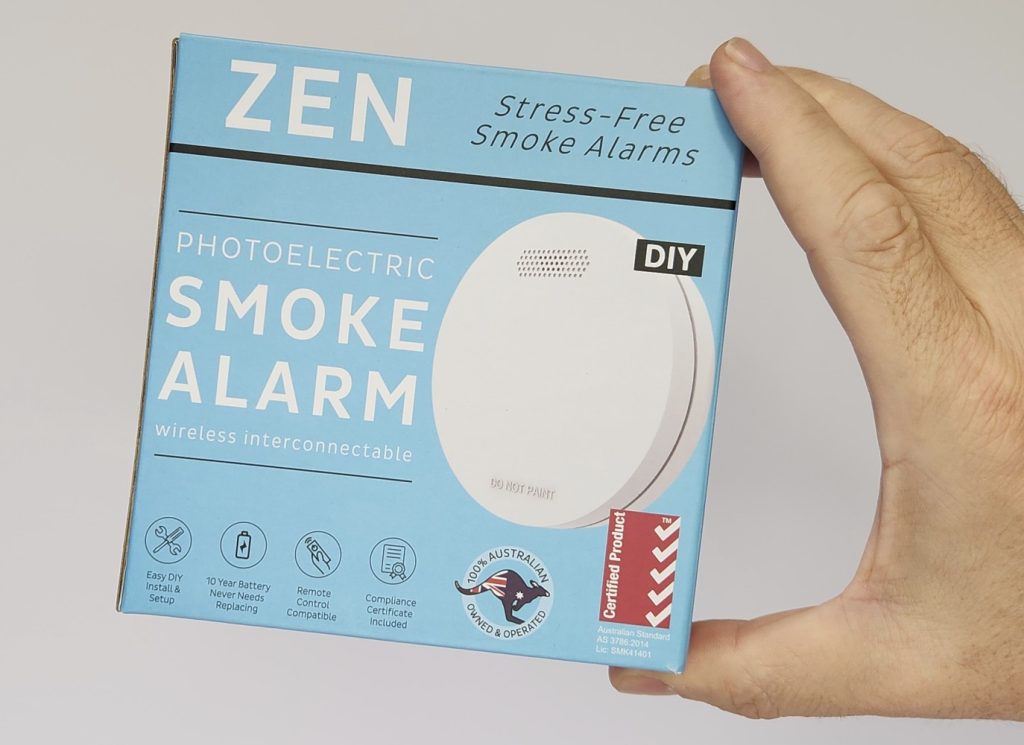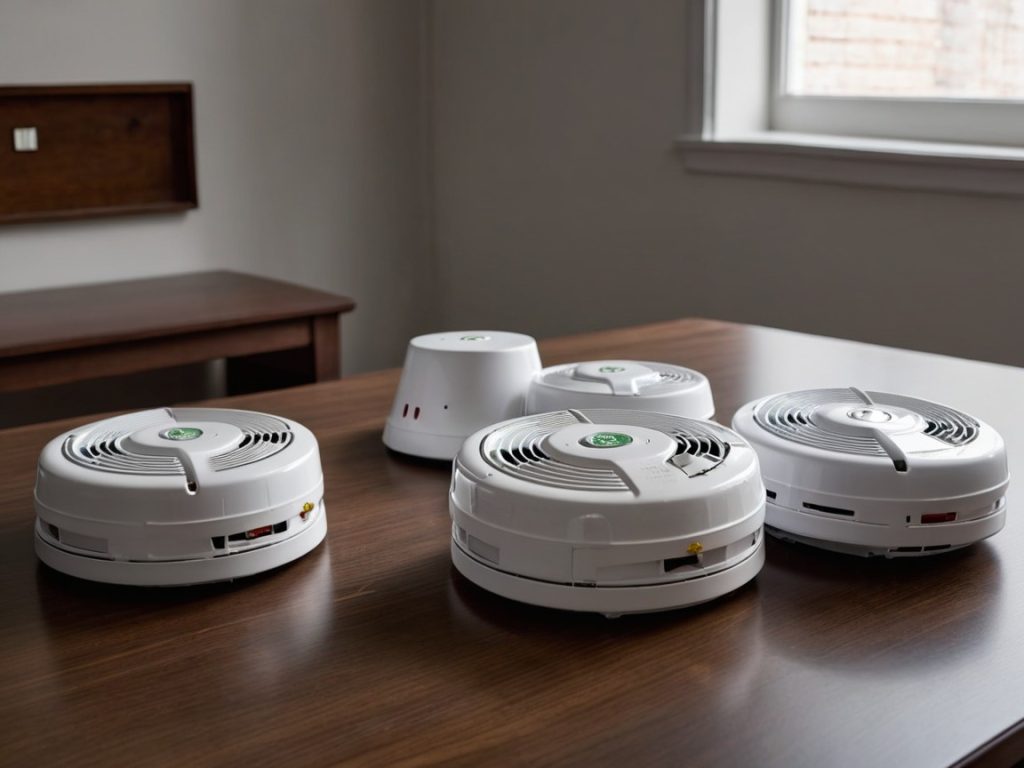Few things are as annoying as a smoke alarm beeping for no apparent reason. Whether it’s an occasional chirp or a relentless alarm that refuses to stop, it can be frustrating—especially if you’re trying to sleep or focus on something important. But don’t worry! There’s always a reason your smoke alarm is beeping, and in most cases, it’s an easy fix.
If your smoke alarm is going off with no visible smoke or fire, here are some of the most common reasons and how you can resolve them fast.
1. Low Battery
The most common reason for an intermittent beep is a low battery. Even hardwired smoke alarms have backup batteries that may need replacing. Many smoke alarms will emit a single chirp every 30 to 60 seconds when the battery is running low.
How to Fix It:
- If your smoke alarm has a replaceable battery, change it immediately.
- Make sure the battery is correctly inserted and that the cover is securely closed.
- If it has a sealed 10-year battery, you won’t need to replace it. Instead, check if the alarm needs resetting.

2. Dust and Dirt Build-up
Smoke alarms are sensitive devices, and dust, dirt, or even small insects can interfere with their sensors, causing false alarms. A dirty smoke alarm beeping unnecessarily can be frustrating, but it’s an easy fix.
How to Fix It:
- Gently vacuum around the smoke alarm vents with a soft brush attachment.
- Use compressed air to blow out any dust inside the unit.
- Wipe the exterior with a clean, dry microfibre cloth.
3. High Humidity or Steam
If your smoke alarm is near a bathroom, laundry, or kitchen, steam or humidity can trigger false alarms. This happens because smoke alarms detect particles in the air, and dense steam can mimic the appearance of smoke, disrupting the photoelectric light beam and leading to your smoke alarm beeping unexpectedly.
How to Fix It:
- If possible, move the alarm further away from high-humidity areas.
- Use an exhaust fan in the bathroom or kitchen to reduce moisture levels.
- Consider using a smoke alarm with a ‘hush’ feature to temporarily silence false alarms caused by steam.
4. Temperature Changes
Drastic temperature changes, such as cold air from an air conditioner or warm air from a heater, or even notable temperature changes from dawn to day can affect a smoke alarm’s sensors and lead to your smoke alarm beeping without a clear reason.
How to Fix It:
- Ensure the alarm is not too close to air conditioning vents, heating ducts, or ceiling fans.
- If possible, relocate the alarm to a more stable temperature zone.
5. Electrical Issues (For Hardwired Smoke Alarms)
If you have a hardwired smoke alarm, fluctuations in power, loose wiring, or electrical faults may be the cause of a smoke alarm beeping.
How to Fix It:
- Check your home’s circuit breaker to see if there have been any power surges.
- If your smoke alarm keeps beeping, you may need to reset it. Try turning off the power at the breaker for a few minutes and then turning it back on.
- If the problem persists, consult an electrician.
6. End of Life Warning
Smoke alarms don’t last forever! Most smoke alarms, including those with long-life batteries, have a lifespan of 10 years. If your smoke alarm beeping is regular and there’s no other obvious cause, it may be time for a replacement.
How to Fix It:
- Check the manufacturing date on the back of the alarm. If it’s more than 10 years old, replace it immediately.
- Consider upgrading to a modern, interconnected smoke alarm system like ZEN Smoke Alarms for better safety and convenience.
7. Cooking in The Kitchen
Cooking is one of the most common causes of false alarms. Fumes, heat, or even burnt toast can set off a smoke alarm beeping unexpectedly.
How to Fix It:
How to Fix It:
- Use an exhaust fan or open windows to improve ventilation while cooking.
- Keep your smoke alarm at least 3 metres away from cooking appliances to reduce false alarms. It may take trial and error to correctly position your smoke alarm. if the problem persists consider moving the smoke alarm out of the kitchen.
8. Insect Intrusion
Believe it or not, tiny insects can crawl inside smoke alarms and trigger false alarms. Their movement can disrupt the sensor, making the alarm think there’s smoke, leading to your smoke alarm beeping unexpectedly.
How to Fix It:
- Open the alarm (if possible) and inspect it for small bugs or spider webs.
- Use compressed air or a vacuum cleaner to remove any debris.
- Consider spraying insect repellent on the ceiling (but not directly on or into the alarm) to deter future intrusions.
9. Testing Mode or Accidental Activation
Sometimes, someone in the house may have accidentally pressed the test button or triggered the alarm while cooking or doing household chores, causing your smoke alarm to start beeping.
How to Fix It:
- If the alarm was tested, it should stop beeping on its own after a few seconds.
- If cooking set it off, ensure proper ventilation and use the ‘hush’ feature if your alarm has one.
10. Faulty or Defective Alarm
If you’ve tried everything and your smoke alarm keeps beeping, there may be a malfunction. Smoke alarms are designed to be reliable, but like any electronic device, they can fail over time.
How to Fix It:
- Check the user manual for troubleshooting tips.
- Reset the alarm by holding down the test button for 5+ seconds (power off). Then switch it back on again by repeating same.
- If the problem persists, contact the manufacturer or place of purchase and replace the smoke alarm.
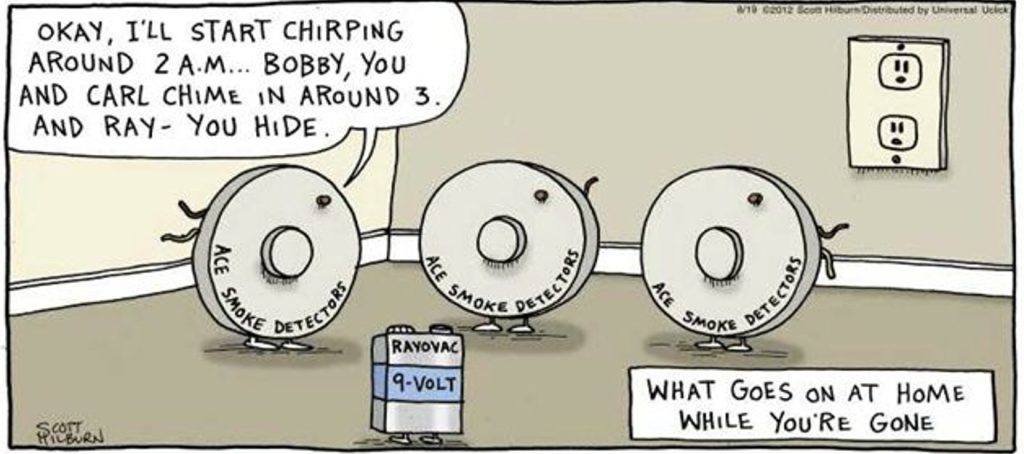
A Smoke Alarm Beeping? – Final Thoughts
A smoke alarm beeping can be annoying, but it’s never something to ignore. Smoke alarms are designed to keep you safe, and if they’re beeping, they’re trying to tell you something. Whether it’s a low battery, dust, or an expired alarm, identifying the cause of a smoke alarm beeping and then taking the right steps will keep your home protected and give you peace of mind.
If you’re looking for a reliable, Australian-certified smoke alarm that won’t give you unnecessary headaches, consider upgrading to ZEN Smoke Alarms. Our photoelectric, interconnected, and long-lasting smoke alarms ensure the highest level of safety for your home, without the common frustrations of false alarms.
Need help troubleshooting your smoke alarm beeping? ZEN Smoke Alarms offers expert customer support, handled personally by Christian, right here in Australia—no offshore call centres, no AI chatbots, just free and friendly advice!
Stay safe, and make sure your smoke alarms are always in top working condition!

Want to know more? Watch our ZEN Smoke Alarm YouTube channel or call us on 0478 596 402 today
We love talking smoke alarms!
ZEN Photoelectric Smoke Alarms
New Farm, QLD, 4005

